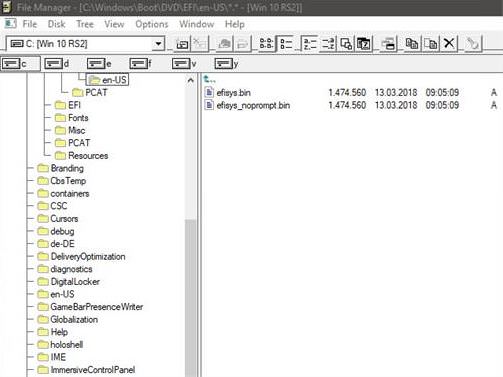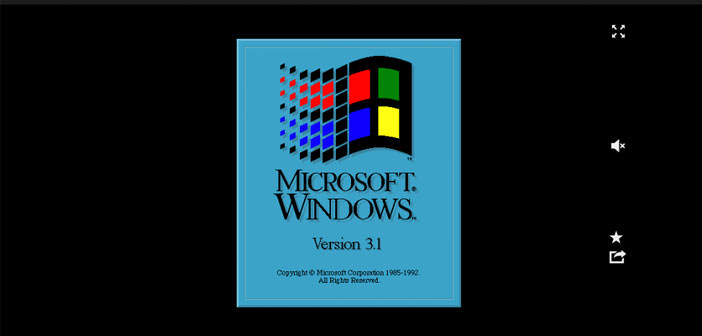The original File Manager of Windows 3.0 is available as a UWP app on Windows 10: How to try it
The original Windows 3.0 file manager is now also available for modern systems with very few clicks. Here’s how to install it and try it.
Microsoft had published the source code of the original File Manager that came with Windows 3.0, allowing the open-source community to make any changes, compile the software and finally use it safely on Windows 10. The company has now taken another step forward, introducing the ancient Windows File Manager among the modern apps on the Microsoft Store.
In other words, the File Manager of Windows 3.0 has become an app of the Universal Windows Platform, and is available on any PC, desktop or notebook that is, on mobile, and on the devices of the Surface Hub and HoloLens families.
It should be noted that build 16299 (Fall Creators Update) or later is required, which cuts off the mobile category altogether. If you have a Windows 10 Mobile smartphone, you can still download the source code, compile it and make the changes to use it on your device. But it is not a viable path for everyone.
 To allow it to run even on the most modern computers with Windows 10 Microsoft has obviously made some small changes, while trying to keep intact for the experience of using the old file manager.
To allow it to run even on the most modern computers with Windows 10 Microsoft has obviously made some small changes, while trying to keep intact for the experience of using the old file manager.
To do this, we added files that were previously stored in the operating system folders, and some basic APIs were made public. Finally, some parts of the window are invariably reproduced with the new stylistic elements typical of the most-recent version of the operating system.
The old File Manager uses the multiple document interface (MDI) to be able to play several folders simultaneously within a single window. The style of the UI is obviously the one that has characterized the operating system for almost 10 years, and those who have had the opportunity to use the old versions of Windows will probably remember it again: the application reports back to the 90s, with this Microsoft it is only the last of his ” nostalgia operations “.
Anyone wishing to download Windows File Manager can do it directly via Microsoft Store, by clicking here.

